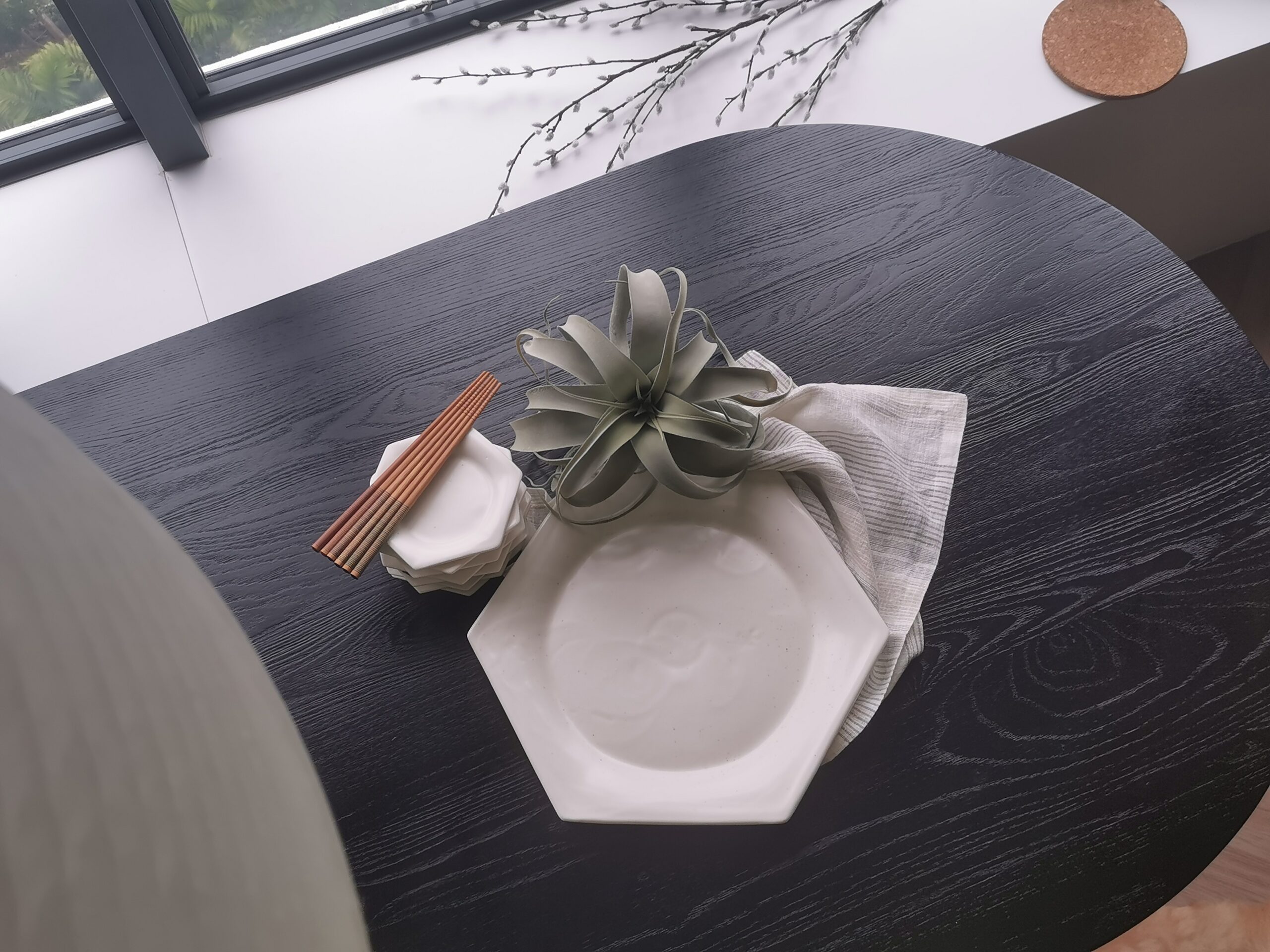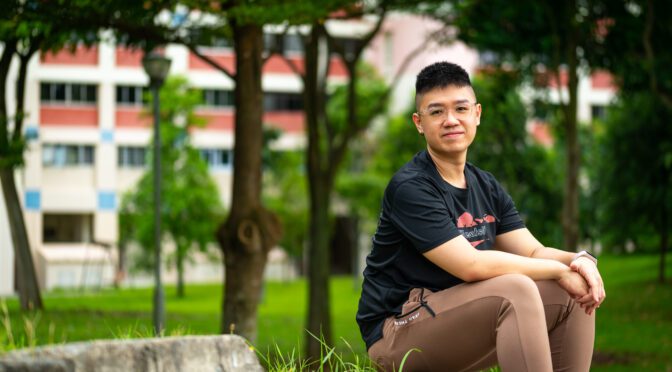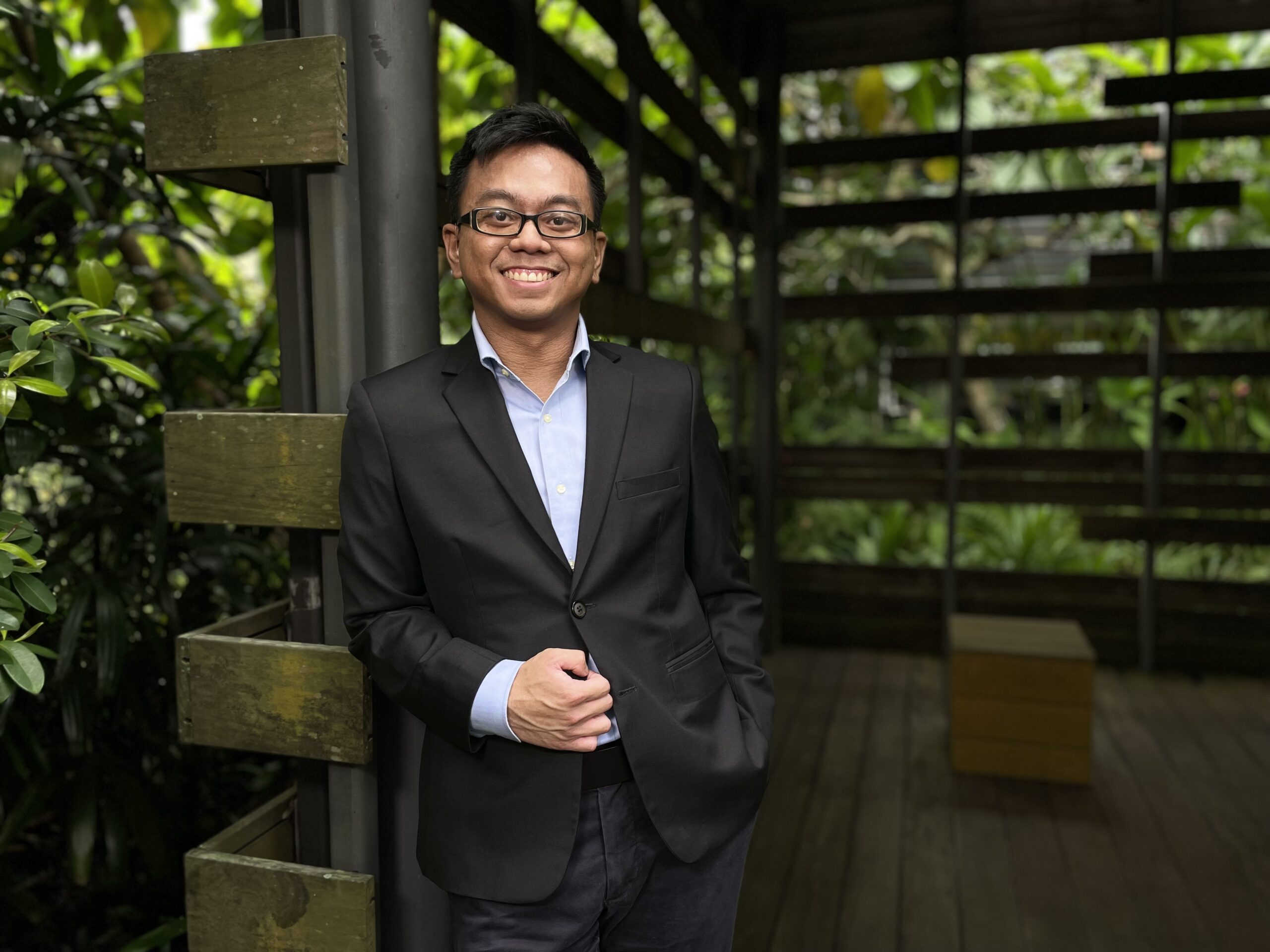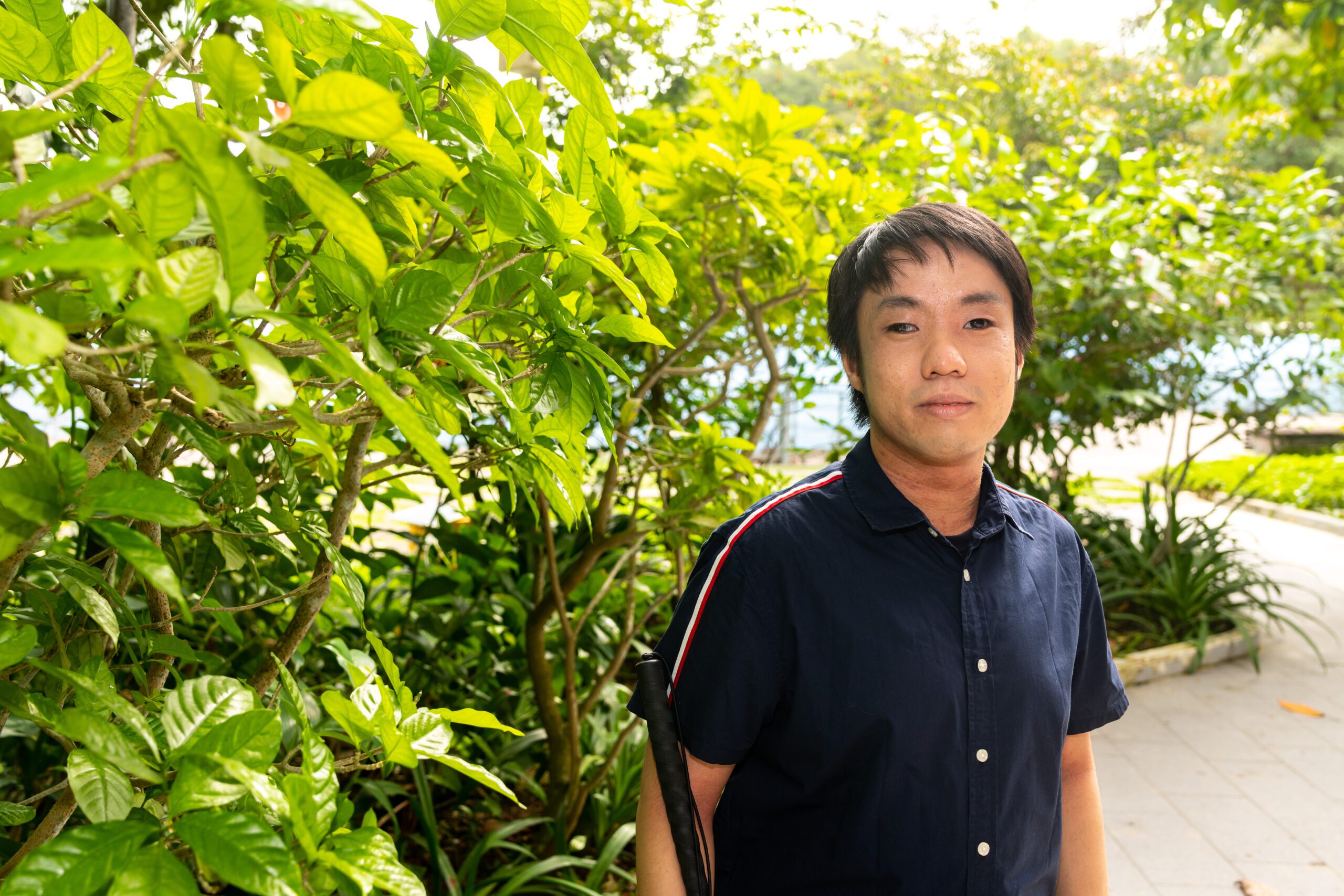Nestled in the industrial fringe that is Sungei Kadut is an austere workshop, and here a ceramicist is hard at work. Flanking him are wheelable steel racks, the shelves filled with a hodgepodge of pottery pieces both petite and bulky, mould parts and containers of minerals. He does not work on a whim; instead, his approach is highly methodical. First, he softens the liquid clay by mixing it in a polyethylene drum, and then he scoops it up using a jug and pours it into a composite mould. He sets the timer for one hour. He sidles up to his desk, where containers labelled with chemical symbols are arrayed on an abutting steel rack. He ensconces a few containers in his arms. With the meticulousness of a baker, he then weighs the materials on a scale before mixing them using a hand-held blender. Next, he reaches for a test piece and immerses it into the prepared glaze. Once the glaze has set, he places the ware in his trusty kiln. Now he prays to the kiln god. The quietude is ever rent by the noise of drilling emanating from next door and the periodic sound of the train careening along the track yonder. Morsels of hardened residual clay lie on the floor; his shirt and apron too are carelessly daubed with white. This is Rayn Leow in his element.



